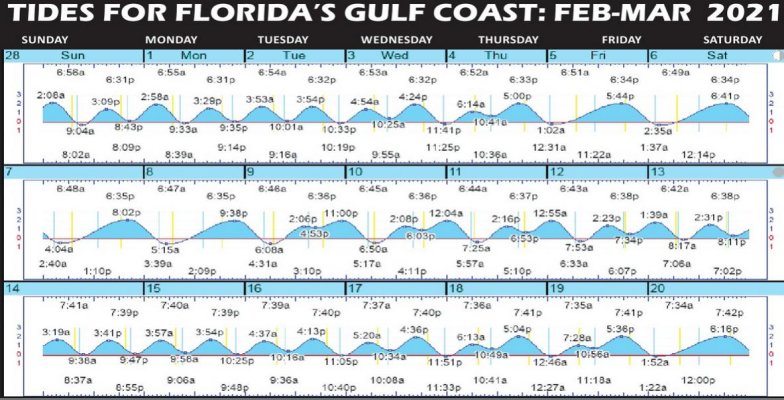I have no idea where Pittwater is so I am assuming not the PNW, definitely not BC. So our tides here (PNW and higher) are mixed, not semi-dirunal, we get the occasional 1 1/2 cycle instead of two.
Semi diurnal is two highs and two lows of almost equal height in a 24 hour period. Diurnal is one high and one low in a 24 hour period. Then to add to the confusion there are areas of mixed tides. The old navigators who figured all this out, BEFORE COMPUTERS, were true geniuses.
There was a book thread not too long ago and I recommended a book called - Tides, the science and spirit of the ocean by Jonathan White. Now I can understand how this book sounds really boring, at least that is what I thought, but based on a review that was positive, I took a chance and bought it. This book delivers, much more interesting than you'd think. It does go into how tides were figured out, remember back in the time (excluding stupid people today) the earth was thought to be flat. So think about discovering how tides worked during past non-scientific times, and the spirituality of the whole thing.
"A wave tide is a flooding tide that travels upriver as a single wave" is called a "tidal bore." The most extreme tidal bore is in China on the Qiantang river - the Qiantang Bore. This Bore can be up to 25 feet in height and comes in over a very few minutes. There is a festival dedicated to it.
The Atlantic tides are guided more by the moon. The Pacific tides more by the sun.
The first tide table came out in China in 1025, two hundred years before any Western table.
The earths rotation is slowing down, each day is longer by 1/50,000 of a second. The length of a day400 million years ago was 21 hours. Having a 24 hour day happened only briefly. As the earth's rotation slows down so the moon, held in orbit by the earth's gravitational pull, slowly moves away from the earth at a rate of 1 1/2 inch per year. This measurement was confirmed by measuring instruments placed on the moon in the first landing. To the early humans, the moon would have appeared 20 % larger than it does today.
The Bay of Fundy was considered to have the largest tidal range at 54.6 feet but new evidence came to light placing Ungava Bay (in northern Quebec) at 55.84 feet. The residence of Fundy were not happy and challenged this new recording. Both Fundy's and Ungava are the greatest tides in the world. In Ungava Bay in the winter with thick ice, when the tide recedes some of the first nation's locals go into the caves to harvest food from the ocean beds. Occasionally these caves collapse killing everyone in them.
Video: A Harvest Underneath the Ice



